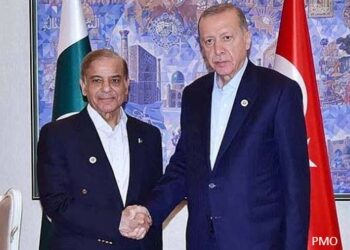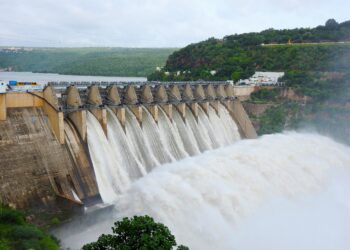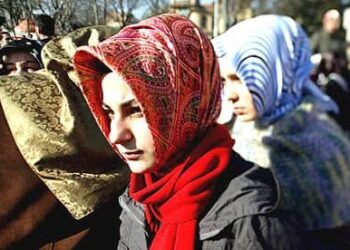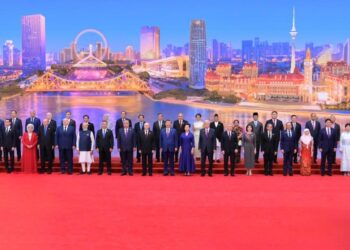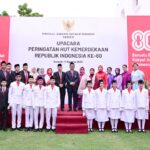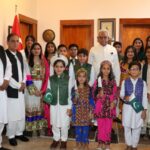Web Desk
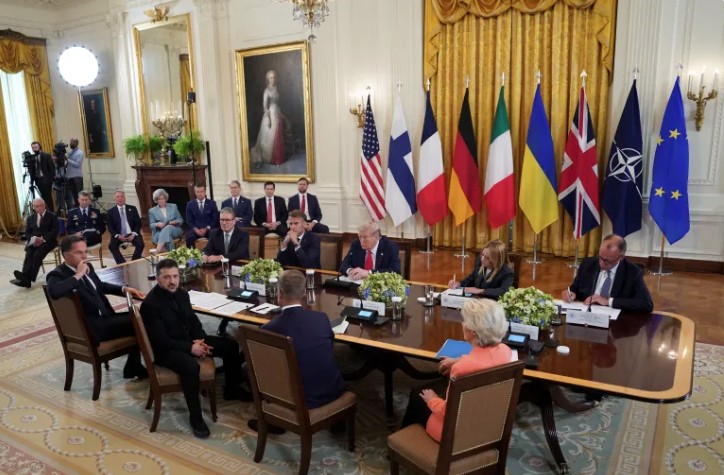
Washington, D.C. Ukrainian President Volodymyr Zelensky met with U.S. President Donald Trump on Monday in Washington, D.C., in a significantly different encounter from their heated Oval Office meeting in February. This time, Zelensky appeared in a formal black jacket and collared shirt, departing from his usual military-style attire—a symbolic shift noted by political analysts as a strategic move advised by European allies.
Key Highlights from the Meeting
- European Leaders in Attendance: Unlike February, Zelensky was accompanied by major European leaders, including British Prime Minister Keir Starmer, French President Emmanuel Macron, German Chancellor Friedrich Merz, Italian Prime Minister Giorgia Meloni, Finnish President, the European Commission President, and NATO chief Mark Rutte. Their presence aimed to steer Trump away from concessions to Russia and underscored unified support for Ukraine. Trump welcomed the leaders, calling them “heads of major countries and respected all over Europe,” praising their participation.
- Displays of Diplomacy and Courtesy: Zelensky presented Trump with a handwritten letter from his wife, Olena Zelenska, addressed to Melania Trump, thanking her for advocating for children affected by the war in Ukraine. Trump laughed and expressed pleasure at receiving the note personally. Both Zelensky and the European leaders repeatedly thanked Trump, creating a markedly warmer and more cooperative tone than in February, when Vice President JD Vance had publicly chastised Zelensky.
- Discussions on Ceasefire and Security Guarantees: European leaders, particularly Macron and Merz, emphasized the importance of a ceasefire as a prerequisite for meaningful negotiations. Trump, however, remained skeptical, stating he had successfully resolved other conflicts without an initial ceasefire. Nonetheless, the U.S. agreed in principle to provide security guarantees to Ukraine, though specifics remain unclear.
- Phone Call with Putin: During the talks, Trump paused the meeting to call Russian President Vladimir Putin to discuss raising the level of representation for both Ukrainian and Russian sides in potential peace negotiations. While this signals the possibility of a trilateral meeting, there is no confirmation that Putin agreed to attend.
- Media Engagement: Zelensky answered questions from journalists in English, addressing issues such as territorial concessions, potential elections in Ukraine, and funding for Ukraine’s war effort. This transparency contrasted sharply with Putin’s brief and tightly controlled media appearances at the recent Alaska summit.
- Tone and Atmosphere: The atmosphere was notably cooperative, with repeated expressions of gratitude, flattery, and diplomatic engagement. Analysts suggest Zelensky’s formal attire, handwritten letter, and courteous approach were calculated to improve relations and facilitate constructive dialogue. Trump remarked on the difficulty of resolving the conflict, calling it “a tough one” despite initially believing it would be among the easier global conflicts to settle.
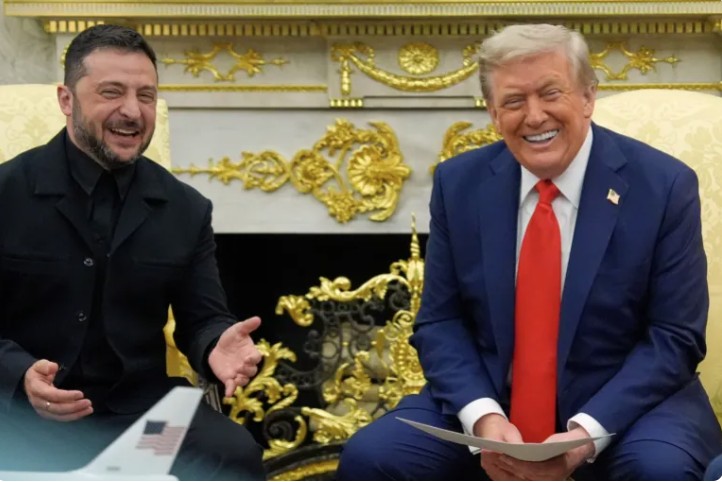
Implications of the Meeting
The Trump-Zelensky encounter, augmented by European leaders’ presence, reflects the ongoing complexity of Ukraine’s geopolitical situation. It underscores the balancing act of securing U.S. support while managing European expectations and navigating Russia’s aggression. Although no formal agreements emerged, the meeting signals continued diplomatic maneuvering and the potential groundwork for a trilateral discussion between Ukraine, Russia, and the U.S.
Conclusion
While uncertainties remain, including the precise nature of security guarantees and the prospects of a trilateral summit, the meeting marked a strategic evolution in Zelensky’s diplomatic engagement with Trump, showcasing a blend of tact, courtesy, and political calculation. Analysts note that future negotiations will require careful coordination with both Washington’s current administration and NATO allies to ensure Ukraine’s sovereignty is upheld.

